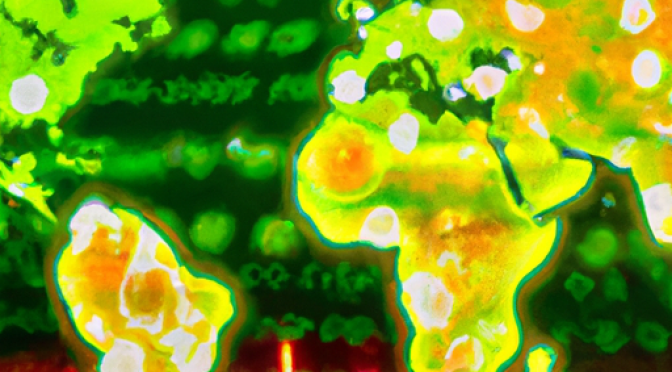Introduction
Vertical farming, a method of growing crops in vertically stacked layers, is gaining popularity as a sustainable solution to meet the increasing demand for food in urban areas. With the integration of artificial intelligence (AI) and machine learning (ML) technologies, vertical farming is becoming even more efficient and viable. This article explores the ways in which AI and ML are enhancing the overall sustainability and viability of vertical farming in the global food production landscape.
Optimized Resource Management
AI and ML algorithms are being used to optimize resource management in vertical farming systems. By analyzing data from sensors, such as temperature, humidity, and nutrient levels, AI can make real-time adjustments to optimize the growth conditions for crops. ML algorithms can learn from historical data to predict the optimal resource allocation for different crops, leading to improved resource efficiency and reduced waste.
Precision Agriculture
AI and ML enable precision agriculture techniques in vertical farming. Through computer vision and image recognition, AI can monitor plant health, detect diseases, and identify nutrient deficiencies. This allows farmers to take proactive measures to prevent crop loss and optimize the use of fertilizers and pesticides. By precisely targeting the needs of each plant, vertical farming becomes more sustainable and environmentally friendly.
Automated Monitoring and Control
AI and ML technologies enable automated monitoring and control systems in vertical farms. By integrating sensors, cameras, and actuators, AI can continuously monitor and adjust environmental conditions, such as lighting, temperature, and irrigation. ML algorithms can learn from the data collected over time to optimize the control parameters, ensuring optimal growth conditions for crops. This automation reduces the need for human intervention, increases efficiency, and minimizes errors.
Data-Driven Decision Making
AI and ML algorithms generate valuable insights from the vast amount of data collected in vertical farming systems. By analyzing historical data, these technologies can provide recommendations for crop selection, planting schedules, and yield predictions. This data-driven decision making helps farmers optimize their production processes, reduce risks, and increase overall productivity. It also enables continuous improvement and innovation in vertical farming practices.
Conclusion
AI and machine learning are revolutionizing vertical farming by enhancing its sustainability and viability in the global food production landscape. Through optimized resource management, precision agriculture, automated monitoring and control, and data-driven decision making, vertical farming becomes more efficient, environmentally friendly, and economically viable. As these technologies continue to advance, the potential for vertical farming to contribute to sustainable food production and address the challenges of urbanization becomes even greater.

